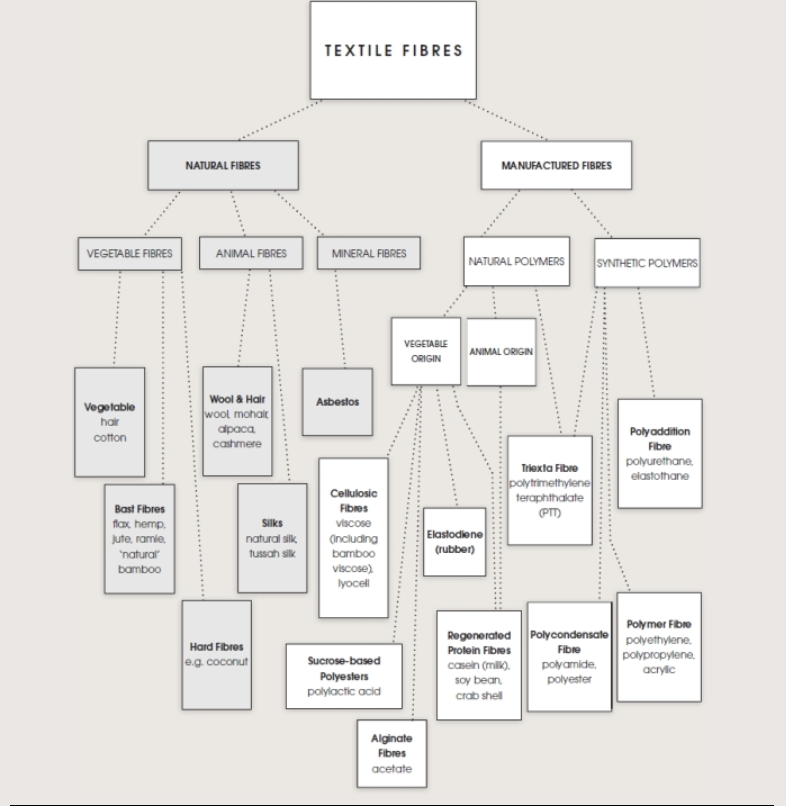Profit is of vital importance in the fashion industry, as it determines whether a brand can survive in the long term. The fundamental motivation behind all the design, production and marketing efforts of a brand is to achieve considerable profits.
The global fashion industry is one of the biggest of all economic sectors in the world. USD 1.84 trillion in 2025 (representing about 1.6% of world GDP). In addition, the fashion industry’s economic size is more than 430 million people currently employed in the fashion supply chain globally, or nearly 12% of the world’s entire labour force. Despite the market uncertainties, the industry is a growing one and is expected to continue to grow at 2.8% per year from 2025 until 2030.
Fashion The industry’s sectors demonstrate mixed performance. Luxury is expected to represent most of the industry’s profit at 5% annual growth from 2019 to 2023, but only 2–4% as the demand slows in China and Europe (Business of Fashion, 2025). Midmarket and mass brands experience cost pressure and more careful consumers, despite regaining some profit through supply chain efficiencies (McKinsey & Company, The State of Fashion 2025). Fast fashion is popular for the reason of being price sensitive but also comes with sustainability issues and regulations (S&P Global, 2024). Resale and digital also become trends, implying a fundamental shift in consumer behaviour (McKinsey & Company, 2025).
At times like these, when economies are turbulent, fashion companies need to enhance their competitiveness through rapid flexibility, digital strategy, and consumer credibility. Shifting, real-time supply chains and accurate forecasting will assist them to act quickly in volatile conditions and avoid any unnecessary production. Best of all: fast design-to-rack cycles and responsive inventory control (Li, Liu & Zhou, 2024; see Zara). Second, one is spending on e-commerce and artificial intelligence personalisation to provide a continuous experience even during less purchasing from stores (offline).
The creative director was the liaison between creativity and commerce, as she or he translates aesthetic decisions and trends in terms of design to build stronger brand character and generate business. In collaboration with the marketing and merchandising director, she or he needs to make the creativity commercially acceptable. The balance between new designs and consumer expectations exhibited by Alessandro Michele at Gucci and Virgil Abloh at Louis Vuitton proved that the design can be about culture yet sustainable and profitable.
References
Business of Fashion (2025) The State of Fashion 2025. Available at: https://www.businessoffashion.com (Accessed: 25 October 2025).
McKinsey & Company (2025) The State of Fashion 2025. Available at: https://www.mckinsey.com/industries/retail/our-insights/the-state-of-fashion (Accessed: 25 October 2025).
S&P Global (2024) Industry Outlook 2024 – Apparel and Luxury Goods. Available at: https://www.spglobal.com (Accessed: 25 October 2025).
Li, J., Liu, Y. and Zhou, H. (2024) Agile Supply Chain Strategies in the Global Fashion Market. Journal of Fashion Marketing and Management.
Inditex (2024) Annual Report 2024. Available at: https://www.inditex.com (Accessed: 25 October 2025).
FashionUnited (2025) Global Fashion Industry Statistics 2025. Available at: https://fashionunited.com/global-fashion-industry-statistics (Accessed: 25 October 2025).

